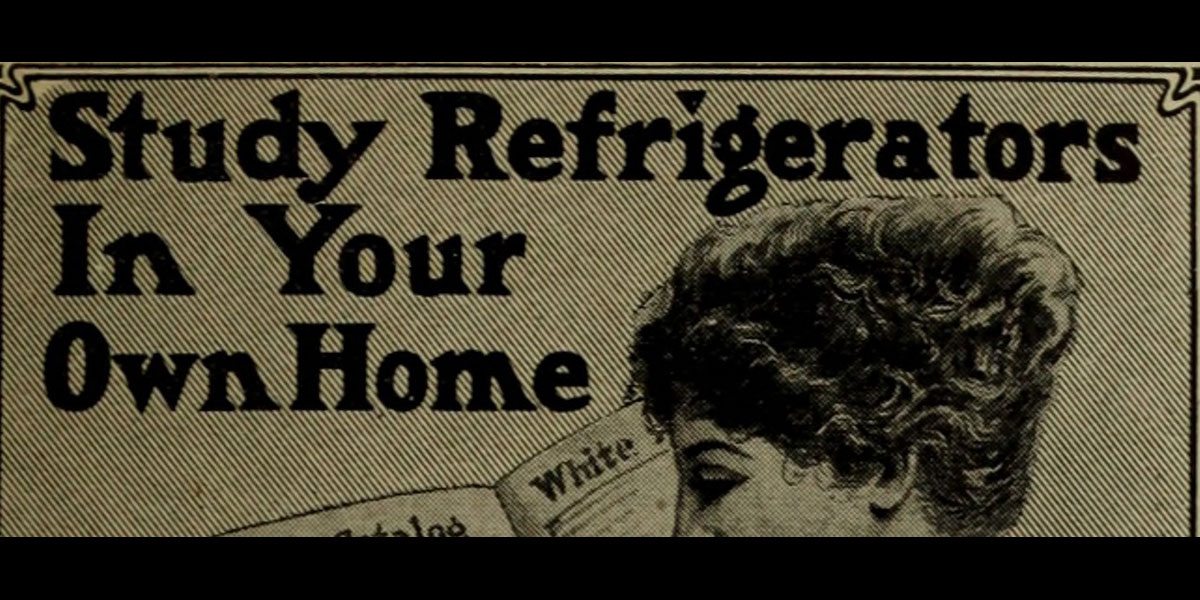
In this week’s episode of The Secret Life of Machines, hosts Tim Hunkin and Rex Garrod examine how ancient knowledge of the cooling effects of evaporation led to the development of the modern refrigerator.
Hunkin spans thousands of years in less than a half-hour, beginning with the discovery in ancient Egypt of the cooling effects of water evaporating through earthenware jars and the use by ancient Romans of snow to cool wine and make ice cream. While seemingly unrelated, Hunkin explains with the help of some rubbing alcohol the principal of evaporation and how it actually drives both of the ancient practices.
Since faster evaporation equals a greater cooling effect, the program next turns to the search for more and more efficient refrigerants. Hunkin and Garrod pack a large amount of science and physics into this episode, including a discussion of the cooling properties of carbon dioxide when it is compressed into a liquid then released as a nearly instantly-evaporating gas. (Be on the lookout at this juncture for Hunkin to be attacked by a rogue CO2 hose). It was the brainstorm of an American expatriate living in England, Jacob Perkins, that a cycle could be established of allowing a gas under pressure as a liquid to evaporate (providing a cooling effect), then collecting the gas and compressing it back into a liquid – at which point the cycle would start over. Hunkin provides an excellent simple animation explaining the process.
Perkins’s design failed to gain a great deal of traction due to the already-thriving natural ice industry, but James Harrison – a British journalist living in Australia, well south of the reach of the natural ice producers – brought about a change. Harrison commissioned a machine based on the patent by Perkins, and as Hunkin puts it, commercial cooling of Australian lager became the first industrial application of refrigeration.
The gradual move of the refrigeration process into the home makes up the last part of the episode. Machines such as those by Perkins and Harrison helped increase the market for iceboxes, and in a video segment Hunkin documents the ‘last lift’ of an ice factory in the town of Lowestoft (the factory was actually demolished in 2010). Iceboxes gave rise to the first heavy-doored behemoths introduced by GE and other manufacturers in the early half of the twentieth century (pictured below) and the rise of industrial designer models during the ’50s.

Hunkin and Garrod examine the sealed components of the modern refrigerator, looking at the motor and compressor. They also demonstrate the heat exchange/cooling process and the workings of the thermostat. Garrod shares a movie special-effects air gun built with a refrigerator compressor, and Hunkin discusses his use of a thermostat in an outdoor water clock he built. Lastly the two disassemble a few more recent refrigerators to examine the insulation and methods of door construction. Watch until the end for a stop-motion sequence of dancing refrigerators.


